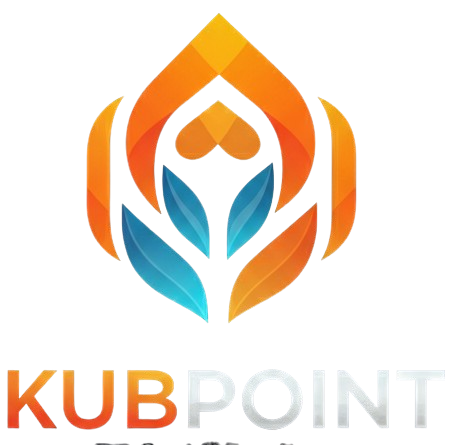Embracing Total Responsibility
In every organization there comes a moment when teams must choose between passing blame or owning every outcome. The mindset of extreme ownership calls on leaders and contributors alike to accept full responsibility for successes and failures. When accountability becomes a shared value, teams break free of negative cycles and move together toward clear objectives. This approach transforms ordinary managers into visionary stewards of innovation.
Deepening the Principle of Total Responsibility
Extreme ownership does not mean assigning fault to yourself for every slip or setback. It means actively seeking lessons in every result. Leaders who embody this principle examine processes when goals are missed and ask what adjustments are needed in planning or execution. They share those insights openly so every team member can benefit. In this way responsibility becomes a tool for continuous learning rather than a burden of blame.
Clarifying the Mission to Ignite Focus
A core tenet of extreme ownership is the power of a crystal-clear mission. If every team member understands the purpose behind each project, they anchor decisions in the larger vision. Clarifying the mission requires stripping away jargon and revealing why features matter to customers and the business. When context is shared freely, developers write code that aligns with long-term strategy and product designers innovate with the end user always in mind.
Decentralizing Command to Spark Initiative
High-performing tech teams thrive when authority moves closer to the point of action. Decentralized command empowers small groups to make real-time choices without waiting for a top-down direction. When every engineer or designer knows the mission and feels trusted to adjust course, bottlenecks vanish and creativity flourishes. Leaders then focus on coaching and removing obstacles rather than micromanaging every detail.
Prioritizing and Executing under Pressure
Complex deliveries can overwhelm teams with competing demands and shifting deadlines. Extreme ownership teaches leaders to identify the single most critical task at any moment and rally resources around it. By guiding teams to concentrate on the highest impact work first, progress becomes visible, and momentum builds. As each priority is resolved, attention shifts to the next task until the end goal is in sight.
Simplifying Communication for Shared Understanding
One of the most overlooked barriers in tech leadership is unclear communication. Instructions buried in long emails or scattered across multiple channels breed confusion and rework. Extreme ownership calls for concise exchanges that focus on intent and desired results. Whether in architecture discussions or standup meetings, simplifying language ensures every voice is heard and every action item is understood.
Conducting After Action Reviews to Drive Improvement
After a release or major milestone teams often move quickly to the next challenge without pausing to reflect. A structured after-action review pauses the cycle for honest debriefing. Team members discuss what worked well and what created friction. Leaders then document these insights and weave them into future plans. Over time these regular retrospectives build a living playbook of proven practices and guardrails.
Building Leaders at Every Level
The highest aim of extreme ownership is not to create a few top decision makers but to cultivate empowered leaders throughout the organization. By rotating responsibility for small initiatives and mentoring peers in ownership behaviors, organizations surface hidden talent and foster self-directed teams. When individuals at all levels feel confident to lead within their domain, resilience and agility become hallmarks of the company’s culture.
Ultimate Yates Takeaway
Leading with accountability elevates tech leadership from task supervision to active stewardship of results. Teams that embrace extreme ownership move faster, adapt with courage, and learn continuously. When every member owns the mission and commits to shared success, innovation thrives and obstacles fade. This journey demands persistent effort but rewards organizations with a culture that sustains growth for years to come.
References
Jocko Willink and Leif Babin. Extreme Ownership: What a U S Navy SEALs Lead and Win. St Martins Press 2015.

